How We Teach Our Kids Life Skills Using 150+ Badges
Did school prepare you to succeed in the real world? I think most of us would answer with a resounding no.
When we decided to homeschool our kids, we thought long and hard about the kind of adults we want our kids to become. I quickly realized that memorizing random facts about science or American history were extremely low on the list. Afterall, how many of these facts are of any use to me now? How many of them do I even remember?
WHAT OUR KIDS REALLY NEED TO KNOW
Rather than focus on academics, we decided to center our homeschooling around life skills (See “How We Are Planning on Homeschooling Our Kids”). And by life skills, I mean the skills that make the difference between someone ending up $300,000 in debt vs. becoming a millionaire by the age of 30. The skills that make the difference between living in your parent’s basement vs. getting your own house paid off. And the skills that make the difference between working to fulfill someone else’s dream vs. fulfilling your own.
A SYSTEM FOR TEACHING LIFE SKILLS
Once we decided to focus our efforts on life skills, it became a question of how. How do you make sure your kids learn all the life skills they need to know before they turn 18? Well, one thought that kept coming back to me was the idea of badges.
I participated in Boy Scouts growing up, and the Boy Scouts have a very ingenious way of organizing their wilderness skills curriculum. They organized each set of skills into merit badges. A boy scout slowly earns more and more merit badges over time, and once they’ve earned enough of them, they receive a rank that indicates they are ready for the wilderness.

Boy Scouts are awarded with a physical badge to put on their uniform
I thought about this, and came up with the idea of organizing each set of life skills into badges. Our kids can slowly earn them over time and once they earn all of them, it would be an indication that they are ready for the real world. We call it the Family Badges System.
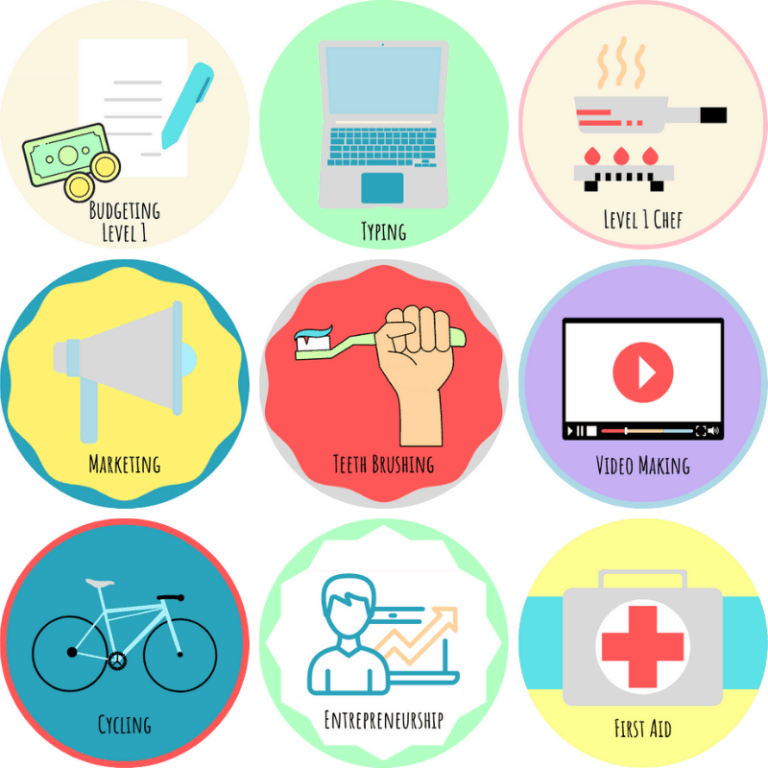
A sampling of our 150+ Family Badges
As we’ve told friends about it, they’ve seemed really interested in implementing a similar system in their own home. It is an awesome way to ensure that your kids learn all the life skills they need by the time they become adults. It can work as a life-skills-focused homeschooling curriculum and equally well as a life skills checklist for kids who attend school (See “Why We Are Planning on Homeschooling Our Kids”). No matter if or how you end up implementing it, I hope that learning about our system will provide you with some tips/tricks in helping your own kids learn essential life skills.
OUR FAMILY BADGES SYSTEM
Our Family Badges System is organized in this Google Sheet. For the remainder of this article, I will describe it in great detail and then provide you with a link for making your own copy, which you can then edit to your heart’s content. Starting in the first tab of the spreadsheet, let’s discuss each of the columns.
Name
While you can name your badges any way you’d like, we decided to give them names that make the accomplishment self-evident. The “Counting to 100 Badge” is given for being able to count to 100. The “Room Cleaning Badge” is given for being able to clean one’s own room. And the “Typing Badge” is given for learning how to type.
We like using these simple, straightforward names because the kids can easily remember the names of the badges they are working on. We also decided on these no-nonsense names because we want them to be understandable and presentable on a resume or application. I think a future employer or admissions committee member would be less interested in an applicant who earned a high SAT score than an applicant with qualifications in Video Making, Productivity, Brand Development, and Professional Communication (a few of our higher-level badges).
Badge
We debated for a long time about what the kids get when they fulfill the requirements for a badge. We knew we could just have a virtual sticker board or simply have a list of the badges they earned, but we wanted it to be meaningful to the kids. For this reason, we decided to actually make physical badges, and we are super glad we did. The kids get super excited about receiving the badges. There’s just something magical about seeing a physical representation of your accomplishment (i.e. earning a trophy).
Here’s how we made these physical badges in a few simple steps:
- To make the process as easy and cost-effective as possible, we purchased these customizable clear badges.
- To customize the badges, we start by creating 1.25x1.25-inch images using Canva, a free, online design tool that we’ve used for all of my businesses.
- We then insert the images into the Printables tab of our spreadsheet, making each cell 1.29x1.29 pixels.
- And for the final step, we simply print them onto photo paper, cut them out, and insert them into the clear badges.
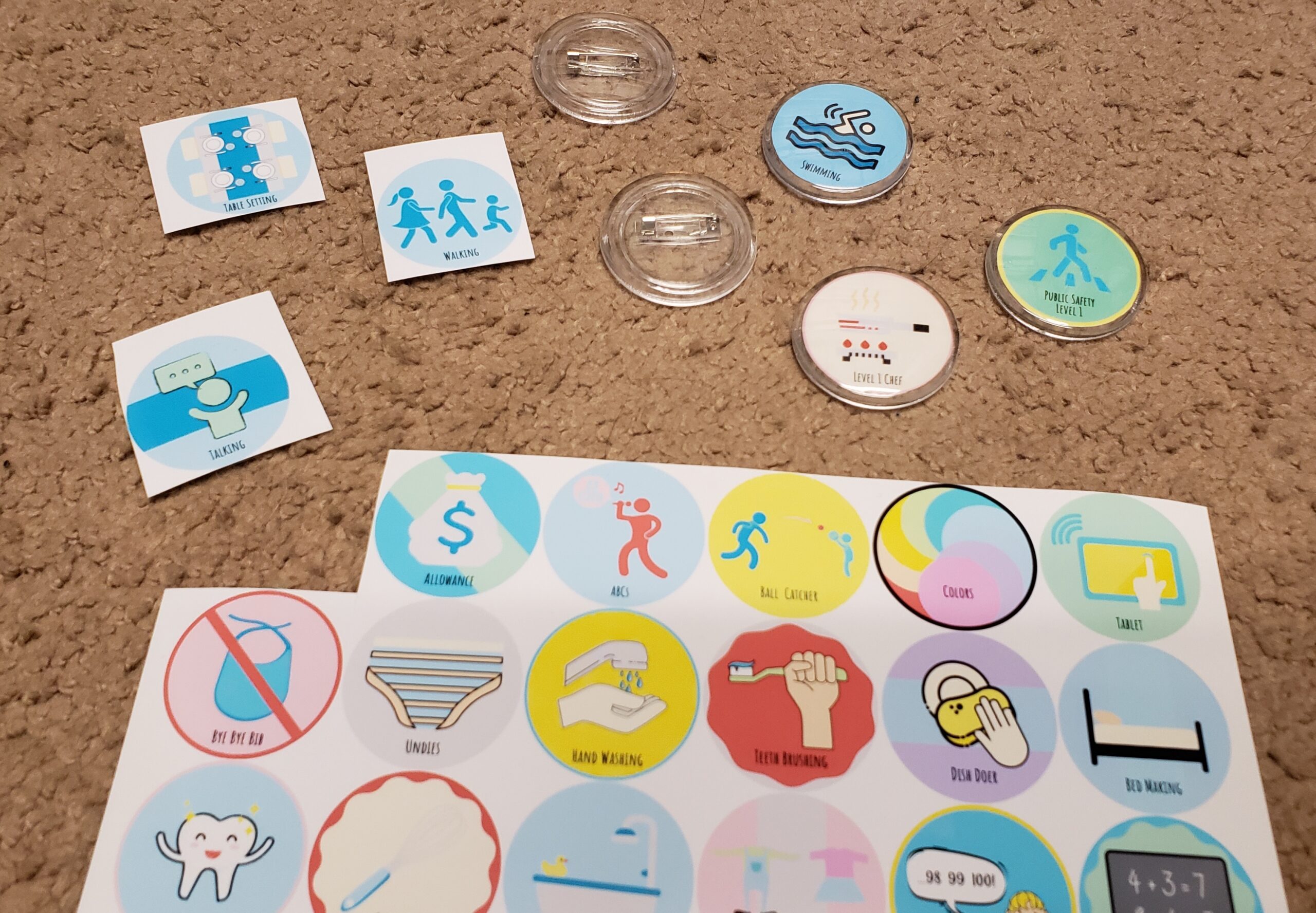
Awarding the badges to the kiddos is the most exciting part of the process. The awards ceremony is built into our weekly family meeting (See "How We Do Weekly Family Meetings"). We put a bench in the middle of the family room, and have the recipient child stand on top of it. Lindsey or I will stand next to them and talk about what they did to earn the badge and then hand them the badge while everyone claps and cheers.
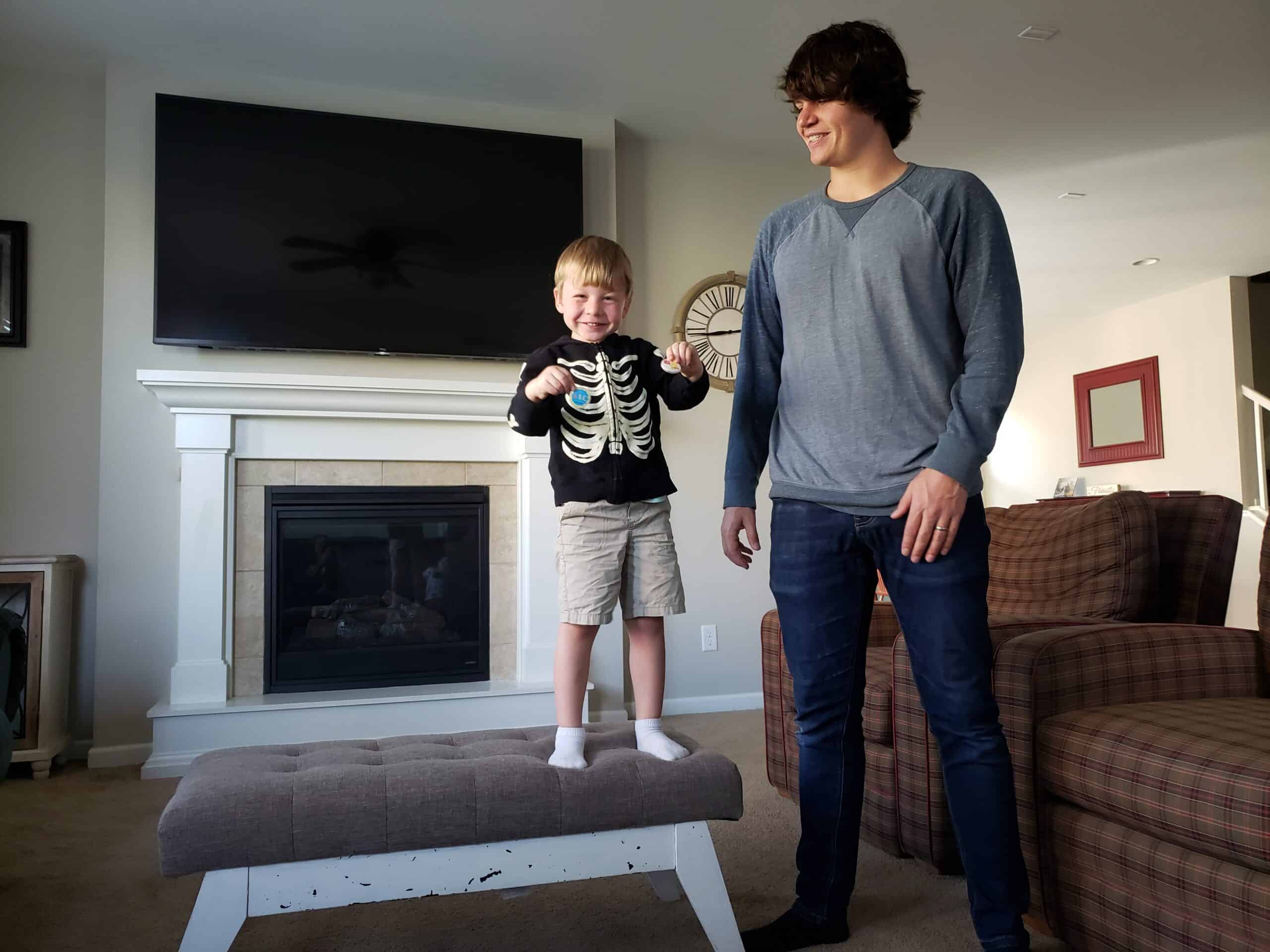
4-year-old Joseph happily being awarded a couple of badges
It is so beautiful to me for everyone in the family to celebrate each other’s accomplishments. One thing I love about this system is that no one can outdo each other. You can’t earn a badge better than the next person. There are no grades attached. You simply earn a badge, and every kid can earn every badge. I love that it creates unity instead of creating competition and comparisons.
Skills to Demonstrate
There are two types of requirements for earning badges: (1) Skills to Demonstrate and (2) Questions to Answer. Some badges will only have one or the other, but I think it is important to include Skills to Demonstrate whenever possible. When it comes to being prepared for the real world, demonstrating a skill is much more important than being able to answer a question.
Sometimes, you may want to require that a skill be performed consistently over a period of time before a badge is awarded. For instance, to earn the Tableware to Sink badge, we require our kids to take their dishes to the sink after every meal for an entire week. The goal is to make the skill into a habit before awarding the badge.
Something that can help your kids demonstrate and develop such habits is a dry erase goal chart like this. Before nap time and bed time, my 4-year-old Joseph gets to mark off the goals he accomplished during the morning or afternoon. It’s a great way for him to visualize his progress towards the goals he is working on. Knowing that he’ll get to mark it off also helps to motivate him.

Questions to Answer
When it comes to answering questions, I’m usually pretty relaxed about it with my young kiddos. I don’t really want them to feel like they are being tested, and they’d refuse it anyways.
My real goal in writing Questions to Answer for each badge is to give myself a clear understanding of what I want them to learn (what might be called the “content” of the badge). This helps me determine what resources to use.
Even if you are not directly asking your kids each of the Questions to Answer, there are several ways to ensure they gain the knowledge you want them to have:
- Use a variety of resources. If your child is exposed to the information several times in several different formats, they will be much more likely to remember it.
- Wait for them to demonstrate their knowledge in real life. Just yesterday, my 2-year-old son Will randomly started saying, “Stop, don’t touch my body” over and over again. Then my 4-year-old son Joseph chimed in, “Yah, that’s what we say if someone wants to see our private parts.” After hearing this, I knew that Joseph had the knowledge I wanted him to have in order to earn our Consent badge.
- Make the questions into a game. Perhaps you could simply use flashcards or you could go so far as to create your own board game in which each player answers a question each time they roll a dice. We did this, and our kids love it! Our 5-year-old would never answer questions before, but he loves to answer questions as part of our homemade board game (See "How to Make Your Own Homeschooling Board Game").
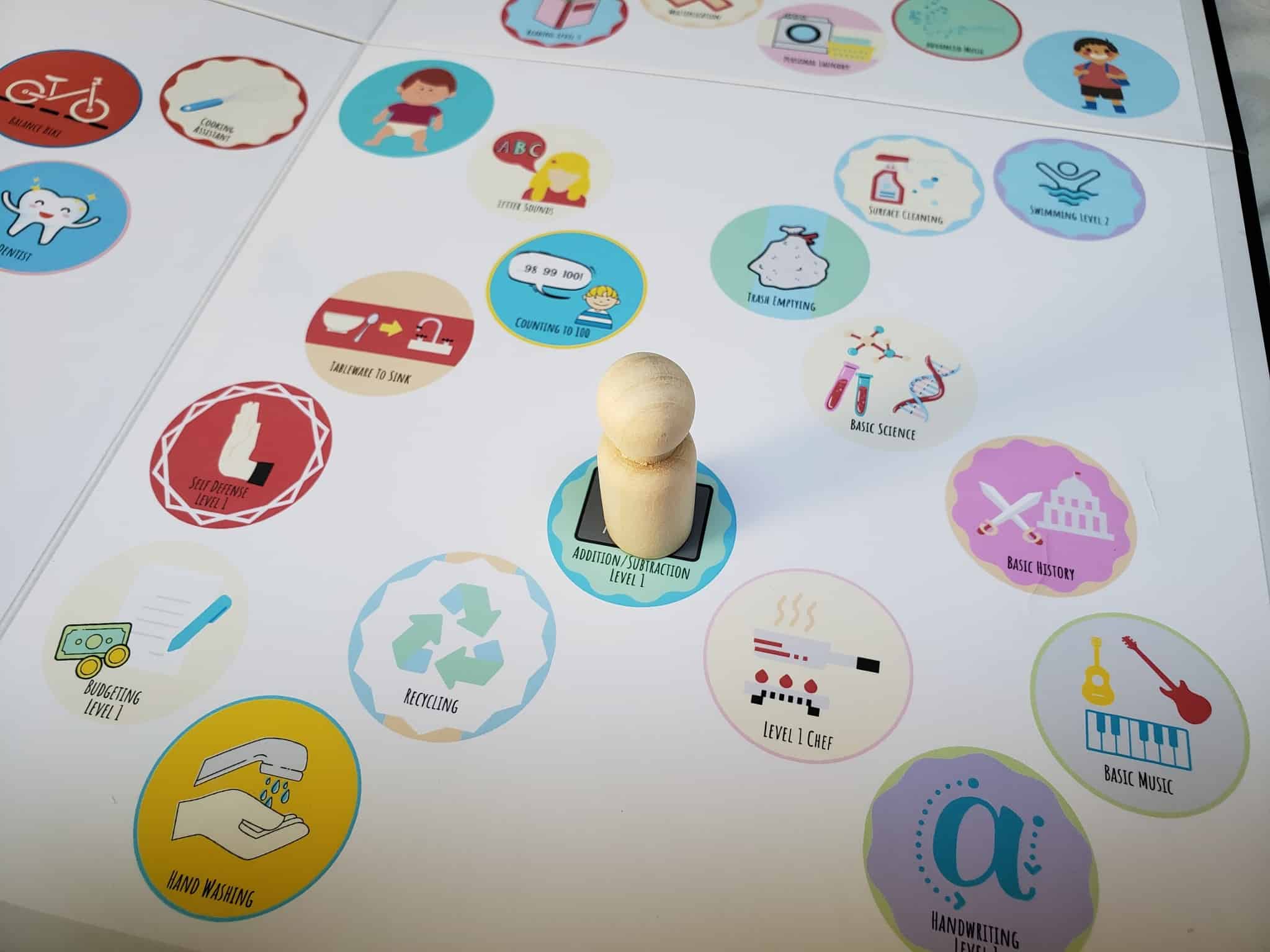
Our homemade board game: The Badges Game!
The point here is this: get creative! If learning life skills together ever feels like a chore for you or your child, you are doing it wrong. It should be fun!
Privileges
When earned, some badges provide our kids with special privileges. I got this idea from volunteering at a school for self-directed education known as a Sudbury School. One goal of a Sudbury School is to provide kids with as much freedom as possible, but this freedom doesn’t come without its rules. One important rule is that before you can use an expensive or dangerous tool, you must become certified first. For instance, you must get certified to use a computer, use the clay turntable, or use the 3D-gaming headset (See “Why Unschooling is Better For My Family than Sudbury Schooling”).
I thought this was brilliant, and have found many applications for it in the realm of parenting. As parents, I’m sure many of us are nervous about giving our kids access to tablets, smartphones, and the internet. By requiring your child to pass a certification (i.e. earn a badge) before they can start using one of those tools, your child will understand the significance of gaining access to those tools and should have the skills and knowledge to use them appropriately.
As an example, before allowing our kids access to the internet, we will require them to earn the internet badge. This will ensure our kids are ready for the dangers therein: cyberbullying, internet predators, fake news, technology addiction, etc. It doesn’t mean they won’t get hurt by some of these things. It just means they will hopefully be ready to make their own mature decisions with regards to how they will handle these dangers.
Responsibilities
With great power comes great responsibility; thus, when privileges are given as part of earning a badge, there will often be responsibilities attached. For instance, when we allow our kids to get a smartphone, we will have some rules around its use. When these rules are broken, the privilege may need to be taken away for a time (i.e. take the phone away for a day). This is an example of logical consequences, one of my favorite parenting tools (See “Lovingly Discipline Your Kids with These 8 Parenting Tools”).
Resources
Now, at this point, you may be feeling a little overwhelmed: “How am I ever going to teach my child all the life skills they need to know for the rest of their lives?!?!” The key here is this: your job is not to teach, your job is to put your child in an environment in which they will learn.
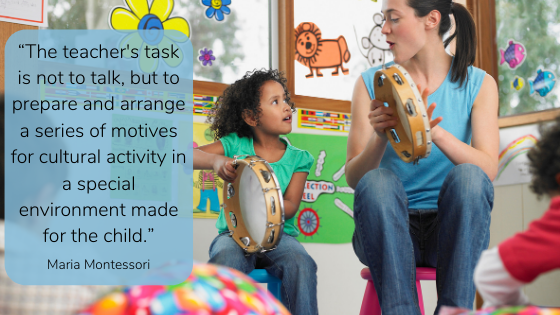
For example, it is commonly understood that the best way to learn a foreign language is not to sit in a classroom passively listening to a teacher explain it. The key is to immerse yourself in the language by living with people who speak that language. We learn best by listening to and trying to speak the language, not studying it in a classroom.
It is the same with most life skills. We learn to walk by walking. We learn to talk by trying to talk and listening to the people around us talk. And we learn to handle money by handling it ourselves.
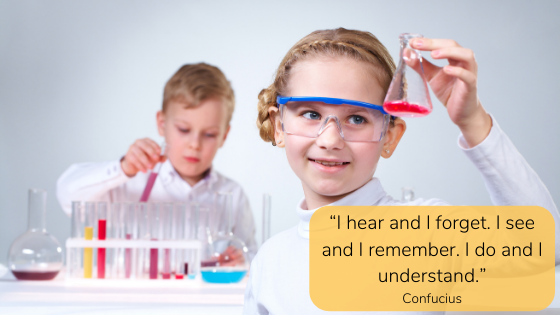
The same can be true for all life skills so long as we have the proper environment. For example, suppose you want your child to learn how to read. If you put them in an environment completely lacking in books, they will never learn. But, if you surround them with books and other people who love to read, chances are they will start to absorb it.
Why were my kids able to spontaneously discuss bodily consent without any prodding from an adult? Because their environment was rich with resources that provide this kind of instruction: parents who believe in these concepts, books that teach these concepts, and YouTube videos that demonstrate them with examples and songs. No serious parent-to-child instruction necessary.
For each badge, I look for resources in 5 main categories:
1. Books/Workbooks
As parents, we all know we should read to our kids in order to help them learn to read. But how many of us are also using the content of those books to help our children learn everything else they need to know? If not, we are missing out on an amazing opportunity.
Sure, there is value in reading the latest Dora the Explorer book to your child, but how much more value is there in reading a book that teaches emotional regulation, the importance of recycling, or what to do when someone starts bullying them at school? A lot.
Because of the badges system, I feel confident that we are reading the kinds of books that will fully prepare my children to be happy, successful adults. This makes me really excited to read with my kids.
When choosing books, I’d recommend choosing books that are:
- Concise. Children have short attention spans, so the fewer the words, the better. Many “educational” children’s books have hundreds of words per page, including pointless facts that most adults have never even heard of. Steer clear of such books. In this case, less is more.

The top book is simple and concise. The bottom book… Not so much...
- Interesting for All Ages. The books in your life skills collection are meant to be read over and over and over again. Repetition is the key to learning. So, if you find a book boring, you won’t be motivated to read it repeatedly. Make sure to only buy books that you truly enjoy.
- Story-based. Children learn best through stories, not lectures. For instance, we recently started reading the book “Where Willy Went” with our kids to help them understand where babies come from at a very basic level. The book tells the story of Willy (a sperm) on his journey to an egg. Our kids get far more out of this one book than they would ever get out of some sex-ed lecture (i.e. “the talk”).
- Good Enough. You will never find a book that perfectly teaches a concept in the exact way you would. That’s okay. Even if it barely meets the above criteria, go ahead and get it. Down the road you might find better books and simply remove some of the first books you bought. Even if a book is subpar, it still acts as a launching pad for future conversations around the topic.
You may also find workbooks useful in helping your child learn a certain topic (i.e. math, writing, spelling, etc). But remember, learning life skills shouldn’t become a chore. If your child wants to work on a workbook, great! If not, don’t force it.
The key, whether it is books or workbooks, is to embed them into your child’s environment. When it comes to books, we put the books that relate to the badges they are currently working on in their room on an easy-to-reach bookshelf. We put workbooks with the coloring books in the art corner of our basement. In this way, learning life skills just becomes an everyday part of our kids’ lives.

Joseph’s bookshelf: Life skills books are labelled with the badge they relate to
2. Games/Toys
Kids love learning, but not in the way that most of us define learning: sitting at a desk and following a teacher’s orders. In a natural setting, kids learn by playing. That’s why babies babble, toddlers make up words, and kids pretend to be mommies and daddies. To kids, learning and fun are synonymous.
This is why games and toys are great options for helping our kids learn life skills. For instance, the famous game Bananagrams is great for teaching spelling, puzzles can be a great way to learn geography, and board games that get our kids singing, writing, or drawing help develop creativity.
When it comes to toys, many of my favorites are produced by Leapfrog. Currently, one of my favorites is a toy called Mr. Pencil:

It shows the child how to write a letter, and then if the child goes outside the lines, it will make them keep trying until they get it right. Toys that self-correct like this are especially valuable because they allow our kids to learn independently.
In the non-electronic sector, some of the most popular self-correcting toys are known as Montessori toys. For instance, this toy helps children learn to sort and count to 10 all on their own:
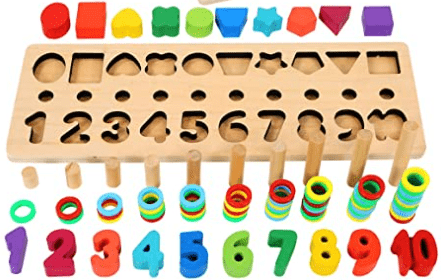
I also think toys that simply get our kids pretending to use life skills are great: toy cookware, toy cleaning supplies, and toy babies.
While it is good to have toys that have a specific educational purpose, I think it is also important for children to play freely with a variety of open-ended toys (known as “dynamic toys”) such as legos, blocks, cardboard, dominoes, blank paper, K’nex, lincoln logs, etc. Such toys encourage experimentation and free play much better than toys that have a single, prescribed play method (“static toys”) such as a remote control car or action figure.
3. Videos/Movies/TV Shows
As adults, we are often caught in situations where our life skills don’t quite match the challenge before us. For instance, just this morning I had to replace a broken part on my refrigerator. Did I go to the library and look for a textbook on appliance maintenance? No. I looked up a video tutorial on YouTube. Why? Because it is easy, fast, and effective.
I love using YouTube to teach my kids life skills because the videos are:
- Captivating. It is hard to get a kid to sit still and pay attention, but put a video in front of them, and they will watch it to the end no matter how long it is. Obviously this is a double-edged sword when you consider the effects of excessive screen time, but when used appropriately it can be an effective resource.
- Concise. YouTubers don’t have very much time to get their point across, so they tend to pack their videos with only the most important points. Textbooks tend to drone on and on about useless stats and facts. Videos hit at the heart of a topic.
- Effective. You’ve probably heard that humans remember 10% of what they hear, 20% of what they read, and 80% of what they see. While these exact numbers may be questionable, YouTube videos combine visual with auditory information, making them much more memorable than one form of information by itself. My kids tend to remember a lot of what they watch on YouTube.
For most of the badges that we’ve developed so far, we’ve made a YouTube playlist for each one. I’ve input links to each playlist next to their badge in our badges spreadsheet, and you can also see all our YouTube playlists listed on YouTube here.
We’ve also found some TV shows to be pretty effective, such as Number Blocks for teaching math. In general, though, I find YouTube videos to be the most effective as I’m able to find videos that closely match the content I want my kids to learn.
We currently let our toddlers watch 15 minutes of TV in the morning and 15 more minutes in the evening. During this time, we’ll let them choose one of our life skills YouTube playlists, a life-skills-related TV show, or maybe even some Spongebob (the greatest TV show on earth).

4. Audiobooks/Podcasts/Songs
As an adult, I’ve learned a lot from audiobooks and podcasts, and there are some great ones out there geared towards kids and young adults. Additionally, songs can be especially helpful for young children, so we’ve made Spotify Playlists for badges that lend themselves well to music. You can find our current collection of playlists on my Spotify page.
5. Apps/Video Games/Websites
Tablets tend to get a bad rap in today’s parenting circles, but when used in moderation, I’ve found them to be one of the greatest resources in helping my little guys learn life skills. Instead of just absorbing content from a book, video, or song, apps allow kids to interact with the content. Additionally, most apps correct our children when they make mistakes, one of the most important aspects of true learning (See “10 Proven Steps for Effective Lifelong Learning”).
There are an overwhelming number of options out there when it comes to getting a tablet for toddlers. We are currently using Kindles with FreeTime Unlimited. We like this because it includes tons of free apps geared towards young children. One thing we don’t like about it is that it is hard to limit your child to just the content you’ve downloaded for them. The only way to limit their view to downloaded content is to turn off wifi. So, it’s not a perfect option, but it is working for now.
In an effort to prevent our kids from getting too much screen time, we only let them play with their tablets while driving around in the car. This works well because we rarely drive more than 30 minutes a day, and it sets the house apart as a tablet-free zone.
As the kids get older, I’m excited to explore video games and websites as a means for learning life skills.
Bonus Tip: Budgeting for Educational Resources
Many of the resources needed for this system are free (i.e. YouTube videos, podcasts, apps, songs, etc). Additionally, you may be able to get many of the books and toys from a thrift store. We've made it a monthly family habit to go to Goodwill where I've found many awesome resources to add to our collection.
That being said, if you really want to fully cover each life skill, it will require a financial investment. High-quality picture books and educational toys are not cheap. As we've been building out our collection, we've made sure to budget $300/month for educational resources. It may seem like a lot, but it pales in comparison to the cost of private school or even most daycares. Best of all, you will be able to re-use almost all of these resources with your other children. Each resource is a one-time investment that will pay off again and again and again.
Age Range
Our Family Badges System currently has over 150+ badges divided into 5 life stages:
- Little Boy/Girl (ages 0-3)
- Big Boy/Girl (ages 4-7)
- Young Man/Woman (ages 8-12)
- Man/Woman (ages 13-17)
- Adult Man/Woman (ages 18+)
Each time, one of our kids “graduates” to the next life stage, we hold a simple coming-of-age ceremony. During the ceremony, my wife and I talk about some of the things they learned during their previous life stage and some of the things they will learn during the next one. They then get to walk through our Family Arch, symbolizing their passage from one life stage to the next. And finally, we present them with a banner on which they can display the badges they earn during the next life stage.

Obviously, none of this is necessary for teaching kids life skills, but we find that having stages helps divide the badges into categories, making it feel less overwhelming for both parents and kids. The ceremony is simply a part of our family culture that celebrates the life journey of each child (See “How to Build a Strong Family Culture: A Step-by-Step Guide”).
Family Value
In an effort to make sure each of our family values are being developed through our Family Badges System, we’ve also correlated each badge with one of our family values. Once again, not necessary, but just something we wanted to do for the sake of our family culture.
Progress
Last of all, we have a column for each child where we input the age at which they earned the badge. This helps us distinguish between the badges they’ve already earned and the badges they are currently working on.
We also input columns for both Lindsey and me. As parents, we don’t actually receive physical badges, but I thought it might be important for both of us to feel like we’ve mastered the content of each badge as well. There are many life skills that we are still learning as well, and if we intend to help our children master them, we must first master them ourselves.
ONWARD AND UPWARD
We developed our Family Badges System less than a year ago, so this is all just a work in progress. And who knows, maybe as the kids get older, it won’t work as well, and we’ll just scratch the whole thing. Doesn’t really matter to me. What matters is that we are making a consistent effort over time to prepare our kids with the life skills they’ll need to face the real world.
What matters is that we are making a consistent effort over time to prepare our kids with the life skills they’ll need to face the real world.
We will keep working on our Family Badges System, and you can always see the most up-to-date version of it here. If it sounds like this kind of system might work for your kids, feel free to make your own copy of it by clicking here. Then feel free to edit it to your heart’s content: delete badges that don’t work for your family, create your own, adjust it however you want. No two families are alike, and no two kids will need exactly the same life skills.
Action Item
Make a plan for helping your kids develop the life skills you want them to have by the time they reach adulthood. It can be as simple as a checklist that you check periodically or as detailed as our Family Badges System. What matters is that you have a plan.
If an aspect of our Family Badges System works well in your family, please tell me about it. Or if it doesn’t, please let me know why it didn’t work out. I’d love to hear more about how this system plays out in the real world. I’ll look forward to hearing from you soon!
Hi fellow human! Thanks for visiting my personal blog. I’m an intentional family man who is currently passionate about parenting, family culture, homeschooling, and self improvement. This blog isn’t a business. It’s just my way of connecting with people with just as much passion for these topics as me. So, if you enjoy my musings, be sure to reach out.

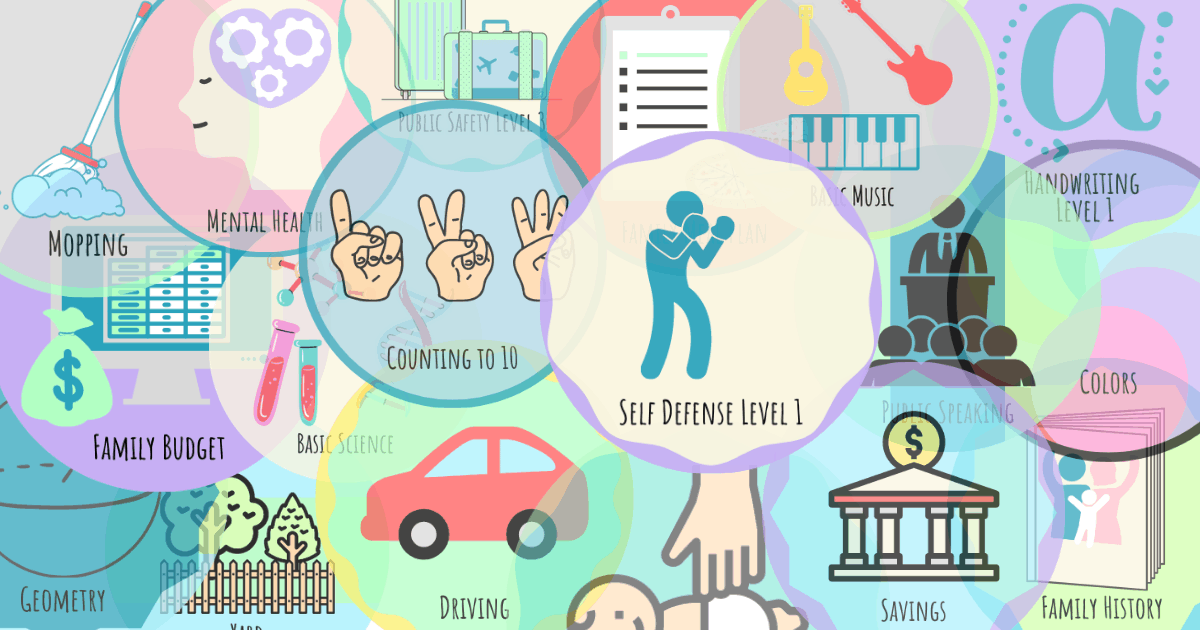
2 comments to “How We Teach Our Kids Life Skills Using 150+ Badges”
Robin - December 15, 2022
This is so awesome! I am wanting to homeschool my own kiddos and thought that some type of badge after different challenges would help motivate my very social children to continue working hard even without peers around to view their accomplishments. I was so excited to find your badges already created. Thanks for sharing!
Andrew Benjamin George - December 17, 2022
Thanks for your positive feedback. I’m glad you found this useful!